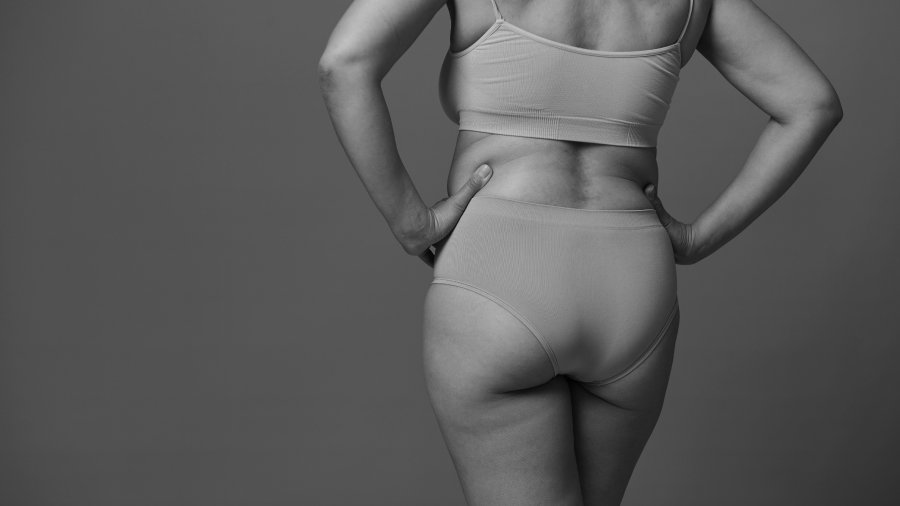
Lipedema is a chronic, often underdiagnosed condition characterised by disproportionate fat accumulation primarily in the arms and legs. It disproportionately impacts women, frequently misdiagnosed as obesity or lymphedema, and can cause pain, swelling, tenderness, and significant limitations in mobility and quality of life.
At the German Medical Institute (GMI) in Limassol, Dr Iakovos Georgiou’s approach to lipedema extends well beyond the operating room. Dr Georgiou is committed to a comprehensive, multidisciplinary care model that integrates nutrition, movement, and mental well‑being as central pillars of treatment alongside conservative therapies and, when needed, surgical interventions.
1. Nutrition: Nourishing the body, supporting the journey
While lipedema fat is notoriously resistant to traditional weight-loss strategies, nutrition remains a cornerstone for symptom management and overall health. A diet rich in whole, anti-inflammatory foods such as colourful fruits and vegetables, lean proteins (e.g. fish, chicken, eggs, Greek yoghurt), and adequate hydration supports healing, immune function, and energy levels.
Key components include:
- Hydration & Electrolytes: Staying well-hydrated (2.5 to 3 litres per day) helps reduce swelling and supports lymphatic drainage.
- Balanced macro- and micro-nutrients: Emphasising protein-rich foods aids tissue repair and recovery. Micronutrients may be adjusted based on blood work, conducted preoperatively when applicable.
- Individualised recommendations: Nutritional guidance is tailored to each patient’s clinical profile and evolving needs, ensuring both safety and effectiveness.
2. Movement: Gentle, consistent activity for physical empowerment
Physical activity is vital not necessarily in the form of high-intensity workouts, but through regular, moderate movement that supports circulation, lymphatic flow, and mobility. In the perioperative setting, we advise patients to:
- Move regularly: Even simple movements like ankle pumps or walking every hour can significantly aid recovery.
- Engage in manual lymphatic drainage (MLD): We recommend MLD sessions 2–3 times per week leading up to surgery, and daily during immediate postoperative care, tapering to 3 times a week for the first six weeks post-discharge, adjusted based on individual healing.
- Respect recovery milestones: Return to swimming is typically safe after 3 weeks (once incisions are healed), and the gym after 6 weeks, subject to personalised advice.
3. Mental well-being
Lipedema exerts not only a physical burden but also a profound psychosocial impact. Feelings of embarrassment, low self-worth, anxiety, and social withdrawal are common. A proper mental well-being approach includes:
- Multidisciplinary collaboration: Through coordination with psychologists, physical therapists, and peer support networks, we address emotional needs as attentively as physical ones.
- Empowerment through community: Connecting with lipedema support groups locally or online can offer encouragement, reduce isolation, and reinforce resilience.
- Boosted confidence via treatment: Both conservative and surgical interventions, such as lipedema reduction surgery, can lead to noticeable improvements in self-esteem, mood, and social engagement.
4. When and how surgery fits into the lifestyle approach
For many lipedema patients, conservative strategies may ease symptoms but not always change the appearance to the degree a patient wishes. When needed, functional lipedema reduction surgery employing advanced techniques like power‑assisted liposuction or VASER can significantly alleviate symptoms, elevate mobility, and enhance quality of life.
Decisions on surgical approach, such as whether to stage procedures or perform 360-degree single-session leg liposuction, are made with precision:
- Staged procedures: Often safer for extensive cases, minimising blood loss and managing recovery.
- Single‑session 360° liposuction: Reserved for select early-stage patients in robust health, performed in specialised centres with close monitoring and postoperative care.
- Outcome-focused: No matter the method, the goal is to remove pathology while maintaining patient safety, aiding return to an active, fulfilling life.